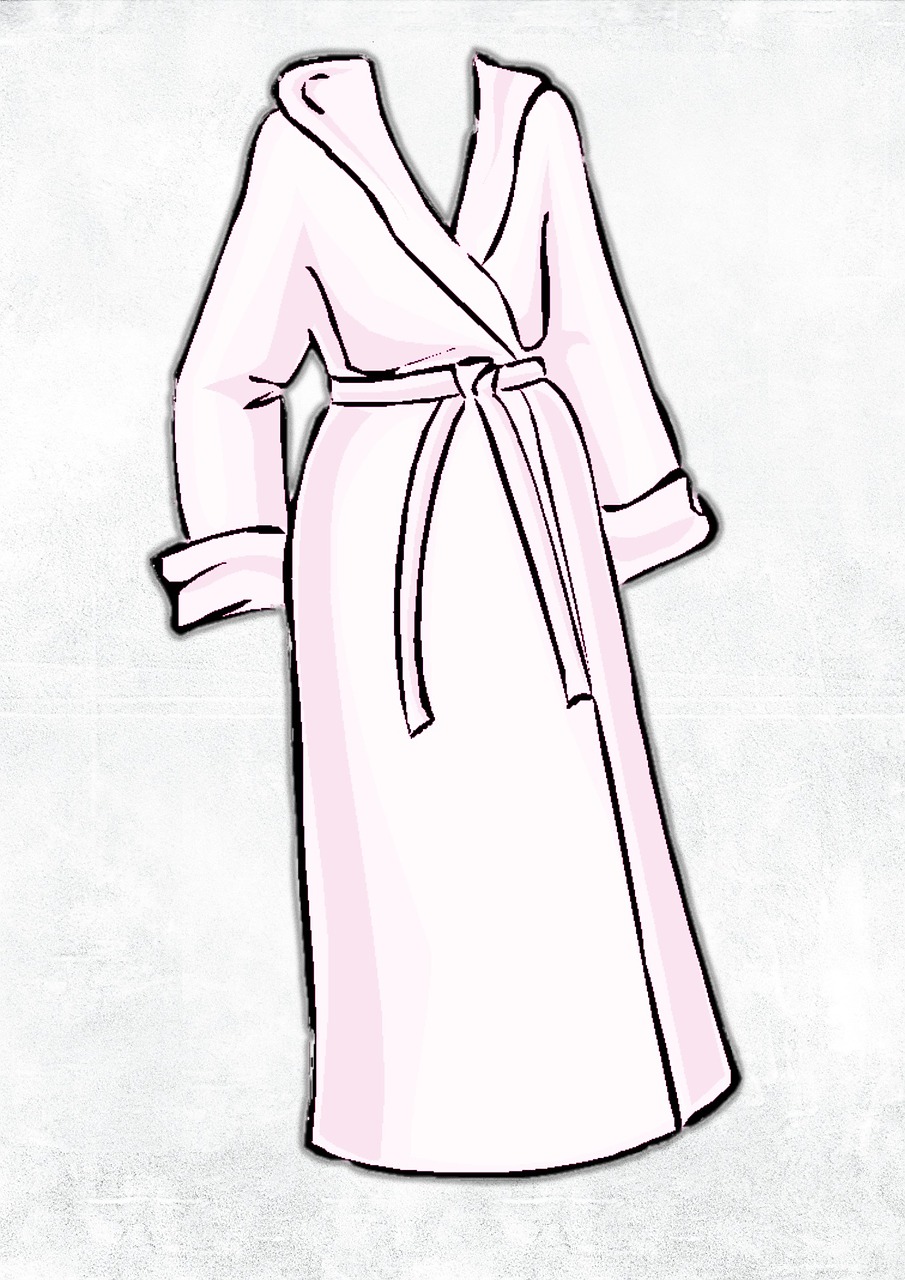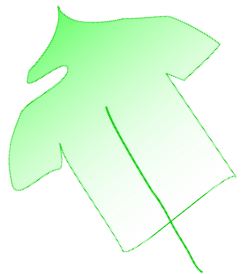Vegan robes and pajamas

People feel differently about wearing robes in their homes. There are those who wear them, others prefer to wear pants and shirt depending on the temperature. Some of the people wearing a bath robe after taking a bath or at fitness centers after getting out of sauna or jacuzzi. So even thought only part of human population using robes, they are very useful all things considered.
Not everyone wear pajamas, but people who do absolutely love them. Apart from the comfort they provide the owner during sleep, pajamas can help regulate your body temperature and warm you up during cold winter nights.
Common materials and fabrics
Robes are typically produced of cotton, synthetics, flannel, satin or silk. Bath robes are usually made of cotton,microfiber, and sometimes wool which have high moisture absorbency, comfortable and will keep you warm in case you are getting out of shower to a relatively cold area. Also silk sometimes used for bathrobe production, even though it is unsuited for water absorbance needed and can be quit expensive.
Pajamas are always produced from soft and breathable materials. Those types of materials are commonly vegan in their origin, exception being some types of flannel made pajamas. Flannel is a fabric that can be originated of cotton, synthetics or – unfortunately – wool, which is your main 'risk' for purchasing animal based pajamas. In addition to that, some pajamas, mostly women's ones, are made of satin, which can be made of silk fibers, or from silk fabric as well. As a general rule pajamas made of 100% cotton or linen are the most comfortable and breathable.
- Robes
- Robes are used by some people as an in-house loose clothing for covering their bodies inside their homes, and keep warn during colder outside temperatures, yet being comfortable and unconfined by any normal outer cloths. Robes are typically produced of cotton, synthetics, flannel, satin or silk.
- Bath robes
- Bath robes a typically used after taking a shower at home or at fitness centers near the pool, after getting out of sauna or jacuzzi and other 'wet' situations. Their main purpose is to be a kind of towel which could be comfortably worn, combined with cover and warming peace of garment at the same time. They are usually made of materials resembling towels like cotton, microfiber and synthetic fleece polyester, and sometimes wool which have high moisture absorbency, comfortable and will keep you warm in case you are getting out of shower to a relatively cold area. Also silk sometimes used for bathrobe production, even though it is unsuited for water absorbance needed and can be quit expensive.
- Men's pajamas
- Men's pajamas typically consist of soft shirt and pants created to be worn during sleep as well as immediately before and after it. Length of sleeves and pants as well as the thickness of production material depend on the season pajamas are produced to be worn at. As a garment produced to be worn in direct contact with our skin during our sleep, pajamas have to be soft and breathable. Soft plant based fabrics like cotton and linen are the best candidate for that task. Some of the warmer types of pjs sometimes made of wool or wool made flannel or blend of wool with other fibers, production of all of those involves at least some animal suffering. Silk made satin fabric can sometimes be used in lighter pajamas. Please be aware of it and check your product fabric composition before the purchase.
- Women's pajamas
- Women's pajamas are more popular them men's ones as more women are wearing them that men do. A lot of them are made similarly to men's shirt and pants pajamas described above, and as such made of the same types of soft and breathable materials: cotton, linen, synthetic fabrics, flannel, satin and silk. Again wool made flannel, silk and silk made satin are the biggest non vegan 'risks'. Please check your chosen pjs composition before you buy. Some are made of a fabric called modal which is a man made cellulose vegan fiber, it is very comfortable, soft and beautiful. Dress like forms of pajamas are also popular between women. Those are typically made of cotton, silk, satin and synthetic fibers like nylon. Silk and satin fabric made of silk are of course animal based and as such cause animal suffering, except ahimsa silk which is perfectly animal friendly.
Last word of advise
The easiest way to ensure cruelty-free purchase is buying a vegan or vegan-friendly labeled products, but not all companies are labeling their vegan products as such and those who do may be quit expensive. Asking the stuff is also a great option while buying in the store, if they do not know there is an option of contacting a manufacturer or reaching out to a vegan group for some advise. There are also some apps available for finding out if products are vegan.
In addition, there are also other ethical issues which are important to keep in mind, such as human workers treatment and environmental sustainability. As a general rule, recycled and organic brands frequently are more environmentally friendly and will offer better solution for ethical workforce treatment. Companies specializing on vegan or cruelty free clothing production are also a good bet on ethical and environmental issues. Consumer's awareness on those issues will push textile industry one step further in solving them. Please keep those issues in mind during your next shopping trip before your paying for your next Pjs and robes.
